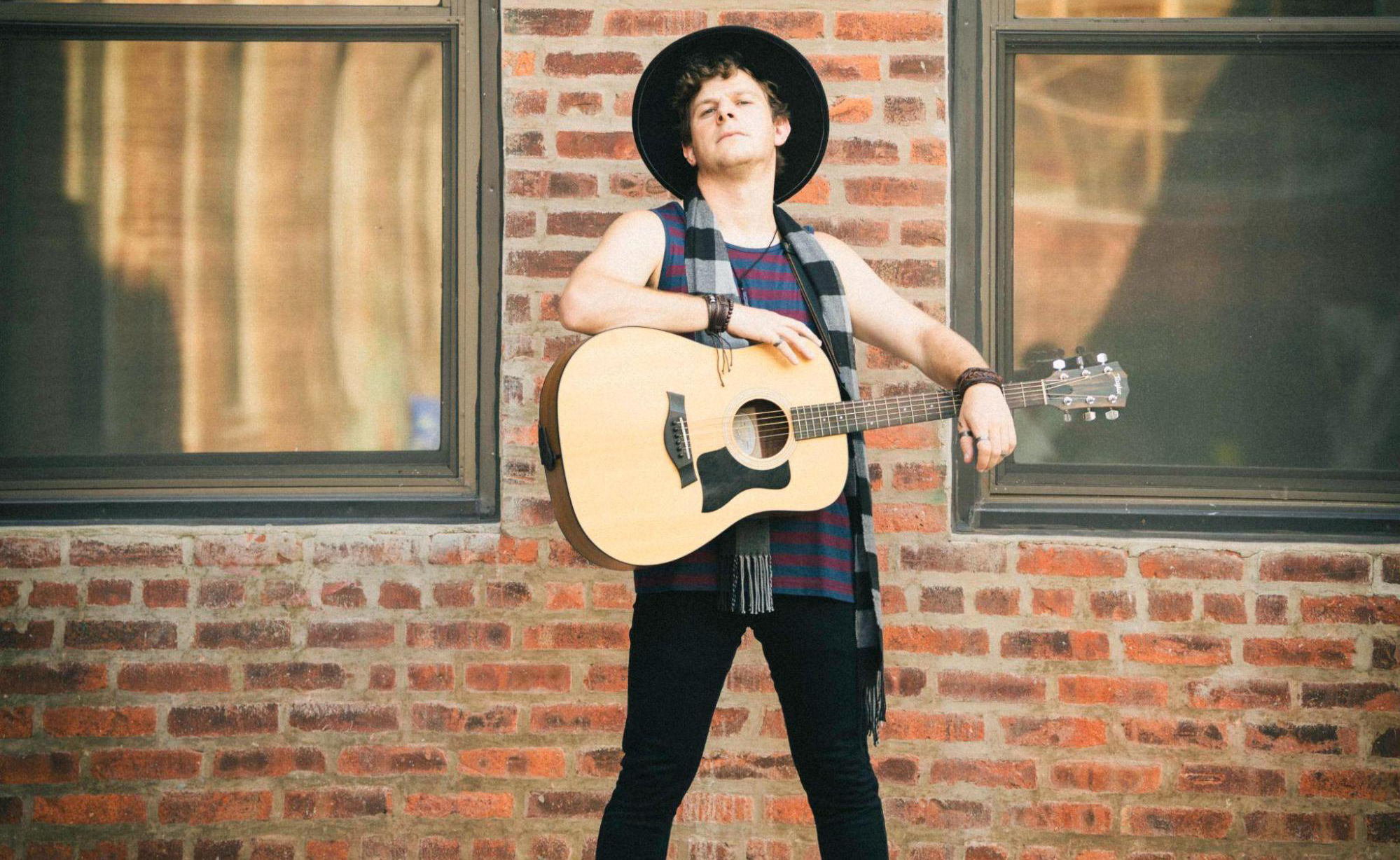Maleficent 2 really missed the mark with fans, critics, and general movie-goers, bringing in a disappointing $36 million at its box office opening weekend.
All the charm and female empowerment themes from the original seem to be missing in this installment, with Director Joachim Rønning instead opting for a princess-wedding-warfare mess of epic proportions. But where the bloodshed and pageantry fell short, two obtuse colonial narratives emerged: people of color represented as mythical monsters, and the colonizer instigating war against the colonized. It’s hard to overemphasize how obtusely this film handles its oppressed people, so let’s just dive in.
1. The Marginalized Fairies
Let’s start with Maleficent herself. She’s a powerful fairy, vilified by the townsfolk, and self-appointed as the protector of the Moors––a mystical forest where all other fairies, tree giants, and assorted mythical creatures live. She’s attacked by the Queen and subsequently rescued by a mysterious creature, revealing itself to be a fairy just like Maleficent. They’re actually part of a special fairy race called Dark Feys. The Fey once roamed the entire world, inhabiting deserts, jungles, and grasslands, until the warmongering humans drove them underground to live in massive caves below the earth. Now the Fey have lost their lands, their culture, and their prosperity.
As far as the casting and wardrobe choices go, most of the Fey are portrayed by people of color, a smattering of Asian, Black, and Brown folk from myriad colonized diaspora (with the occasional White Fey tucked in the corner, out of focus). Their clothes are awkwardly tribal, mostly consisting of woven animal skins, feathers, and wrapped fabrics resembling buckskin dresses and breechcloths worn by indigenous people of the Americas.
The tribal allegories go further, with the Fey communicating to each other through howling, indiscernible chanting, and chest-beating. Tribal drums and guttural shouts accompany every scene with the Feys, and they go so far as to bow down on their hands and knees when honoring a fallen Fey comrade, eerily imitating an Islamic prayer pose (or “downward dog” for you yogis out there). Every character’s hair is long or dreadlocked, and as they prepare for battle they lather up with face paint. The only narrative we get for what these people want comes from two comically hackneyed characters: Cornal, played by academy-award winner Chiwetel Ejiofor, and Borra, played by English rapper and actor Ed Skrein.
I won’t belabor this point, but basically Cornal is all about making peace with the humans and getting their land back with peace and peacefulness and more peace, and Borra is all about f*cking the humans up. Cornal falls into the “magical Black character” trope pretty quickly, as his whole purpose in the film is to repeatedly save Maleficent from death and reiterate the importance of making peace with the humans for some altruistic reason that’s never explained. He sacrifices himself to save her, which is ultimately worthless, since Maleficent proceeds to declare war on the humans alongside Borra, anyway. I really hope Ejiofor got a fat paycheck.
2. The Fascist (aka The Queen)
If you saw the posters for Maleficent 2, you know Michelle Pfeiffer is in this movie. She plays Queen Ingrith, the mother of Prince Philip, and easily the most dynamic character in the whole film. Her hammy, villain-of-the-week performance is mesmerizing, even if her motives are nothing short of autocratic fascism. In an expository scene with Maleficent’s daughter Aurora, Queen Ingrith explains how she considers the Fey “savages” and that leaders who support civility and tolerance are “weak.” Her mission is to conduct a fairy genocide so that she can plunder the Moors for its natural resources.
The crux of her scheme is the invention of a weaponized magical powder (from here on to be referred to as a WMP) that evaporates fairies on contact. There’s a particularly cruel, drawn-out scene wherein her warlock henchman, played by the esteemed Warwick Davis (who played Filius Flitwick from the Harry Potter franchise), is instructed to murder a fairy with the newly formed powder. We’re forced to bear witness as the fairy screams and writhes in terror until the powder hits, disintegrating them into an inanimate flower. Kinda heavy for a Disney movie, right?
Here are just a few more of Queen Ingrith’s excessive tyrannical exploits, which Maleficent 2 seems keen on showing children:
- She invites all the mythical folk from the Moors to the palace for a royal wedding, where the unassuming fairies are bombarded with the WMPs inside the chapel. We’re treated to a close-up of a tree monster’s face as it’s struck – weeds and vines sprout out of its open eyes and mouth, a belabored sigh escaping as it dies.
- She catapults WMP bombs at the Fey as they approach the palace, disintegrating them by the hundreds out of the sky. When the Fey reach the walls, imperial soldiers harpoon them with steel grappling hooks and blast them apart with WMP grenades.
- Queen Ingrith shoots a WMP arrow at Aurora, striking Maleficent as she pulls Aurora aside. Maleficent then disintegrates in Aurora’s arms, leaving her to weep in despair (This film is rated PG, by the way).
- With Maleficent’s ashes blowing in the wind, Queen Ingrith explains to Aurora that what makes a great leader: “The ability to instill fear in your subjects, and then use that fear against your enemies.” She continues to say that all the murder and carnage she caused was all in the name of the State – I mean, the kingdom of Ulstead.
All of the motivation for Pfieffer’s character is so ham-fisted and excessive that I actually enjoyed her performance in spite of myself. With a master plan straight out of Stalin’s playbook, mixed with some Hitleresque sentimentality, she made for a comically malevolent villain that the titular Maleficent couldn’t even come close to matching.
3. The White Savior Wedding
The bloodshed ends when Maleficent gets reincarnated as a Phoenix from Aurora’s tears, and literally everyone, human and Fey, stops fighting to look at the giant bird. Prince Philip takes this opportunity to proclaim to everyone (in earshot, I guess?) that Alstead will never attack the Moors again, and from that day forth they will “move forward, and find their way in peace.”
All’s well that ends well, right? Ha, you wish—you may have forgotten this was a princess movie, but Rønning sure didn’t! Aurora belts out that there’s going to be a wedding, like right then, and it will be a uniting of two kingdoms (the Moors and Alstead, presumably). Everyone’s invited and she pinky promises everybody will be safe. You know, not like the wedding that happened an hour ago where half of her friends and subjects were brutally massacred. This one’s gonna be all about peace. And…love, I guess.
The best part is the look on everyone’s faces, Fey and soldiers both, as confusion and apprehension runs rampant. They have no idea who this lady is. Can you imagine spending hours fighting for your life, and then you immediately have to go to some random girl’s wedding? Can’t it wait until tomorrow? Apparently not. Prince Philip presumably hires a minister and procures floral arrangements, and there’s a 4-minute sequence of Aurora walking down the aisle. They say “I do,” and everyone in the whole kingdom cheers. It’s truly insulting to watch—especially considering a blue-eyed, blonde-haired, white woman is representing the Fay and the fairies, whom we’ve already established represent marginalized people from oppressed lands. A Christian wedding saves the day, and everyone lives happily ever after. I guess they didn’t move the dead bodies from the chapel, since this wedding took place outside on the lawn. Whoops.
So what have we learned from Maleficent 2? Well for one, colonialist narratives are so ingrained in our culture that appropriating the expression of indigenous people is a go-to aesthetic for representing the “other” in a fantasy story. Finding common ground with those different than you is best accomplished under the conditions of archaic Christian rituals. And Michelle Pfieffer can play any villainous role that’s handed to her and blow it out of the water. This movie isn’t worth watching, but if you do, at least you’ll be entertained. I’m not sure anything I enjoyed about it was necessarily intentional, but given the track record for these Disney live-action cash-grabs, you gotta take what you can get.















